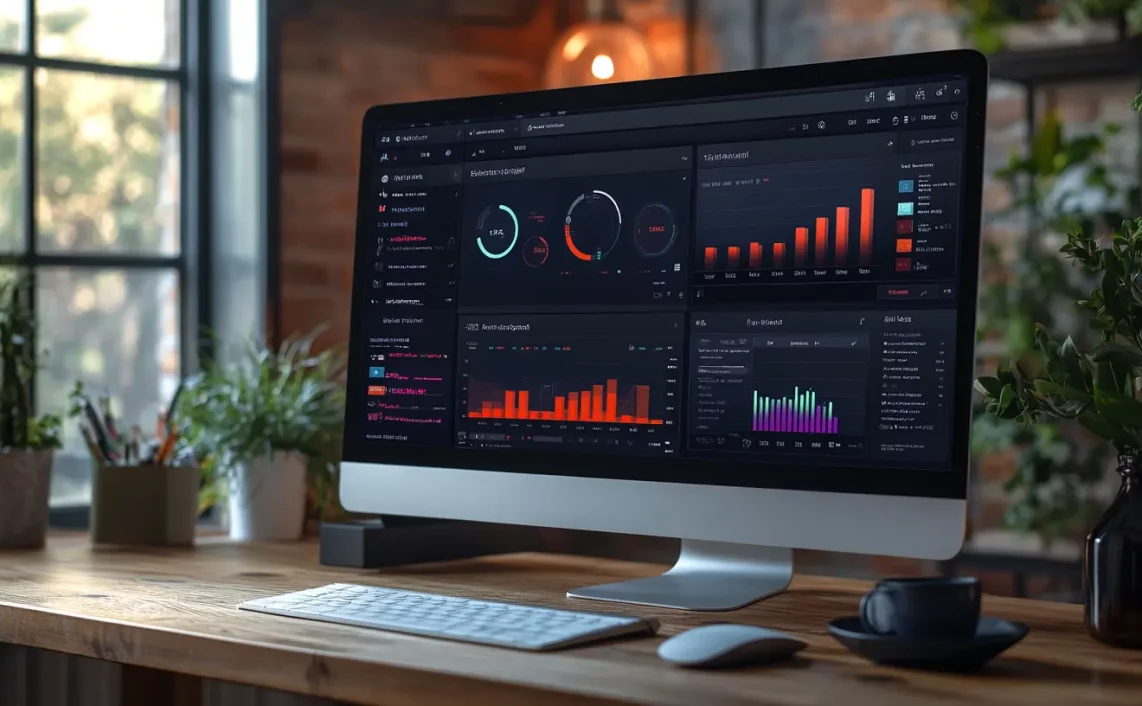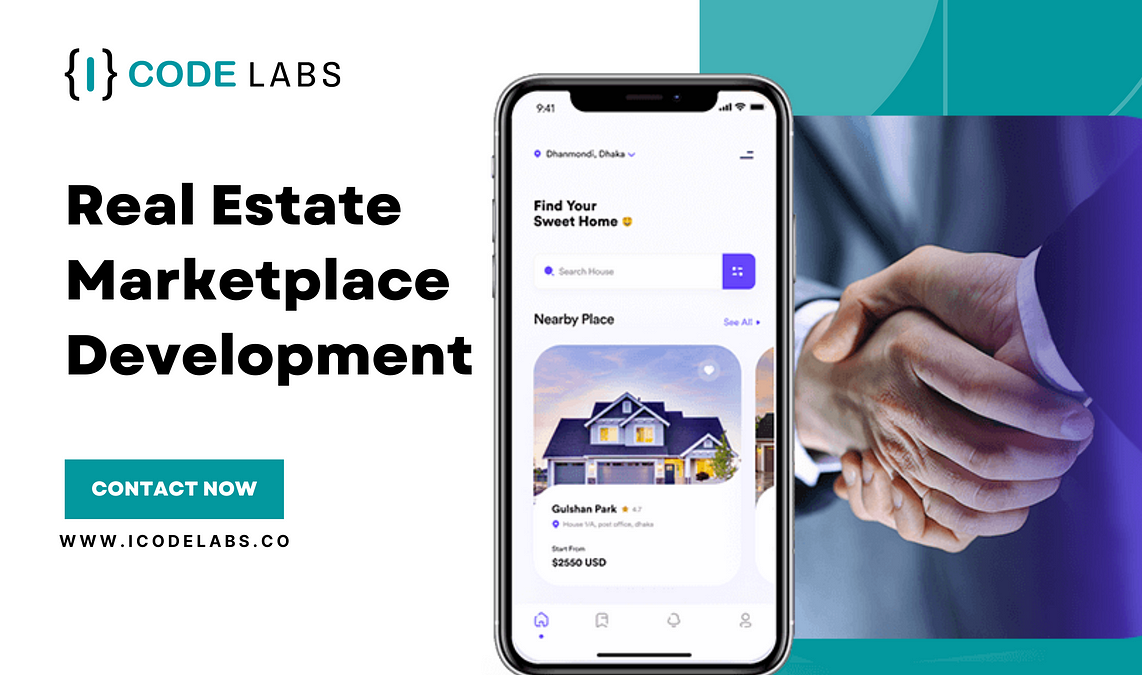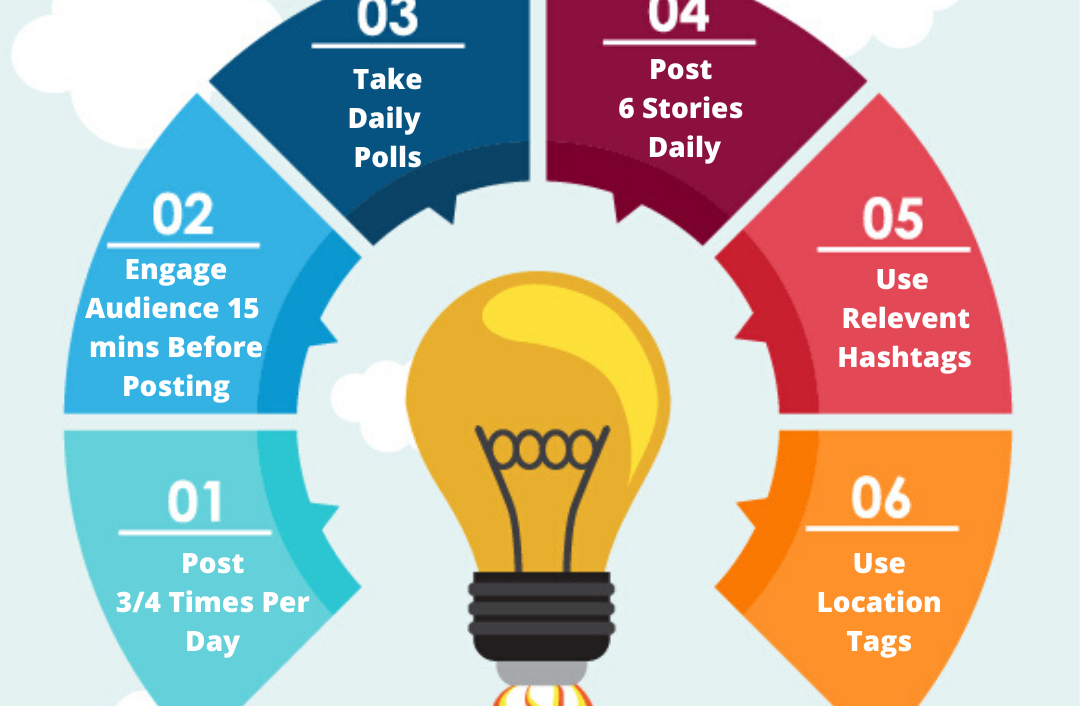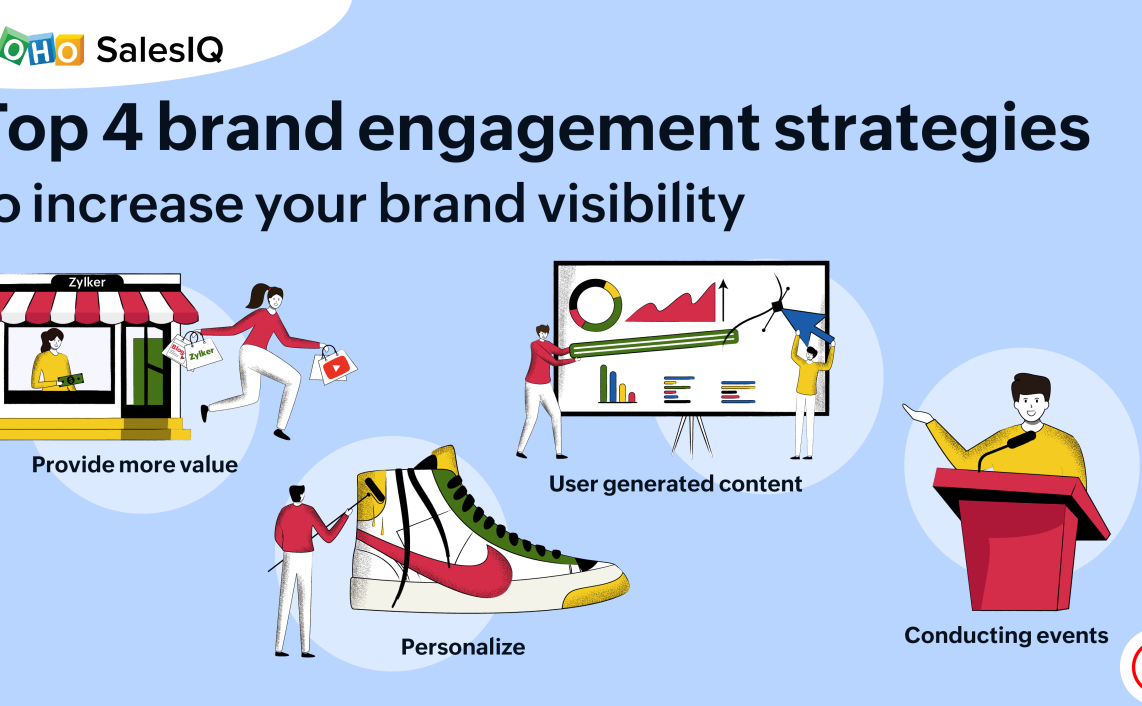Measuring Success in Brandformance: KPIs and Metrics to Watch
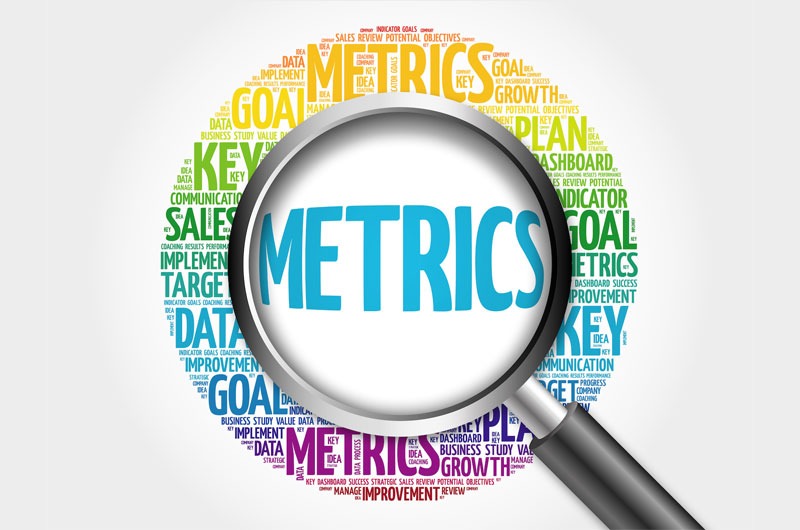
Brandformance, a combination of brand building and performance marketing, is a crucial aspect of marketing strategies. By focusing on brand awareness, perception, and lead generation simultaneously, brands can optimize their marketing efforts for both short-term performance and long-term brand growth. To effectively measure the success of brandformance campaigns, marketers should closely monitor a range of key performance indicators (KPIs) and metrics.
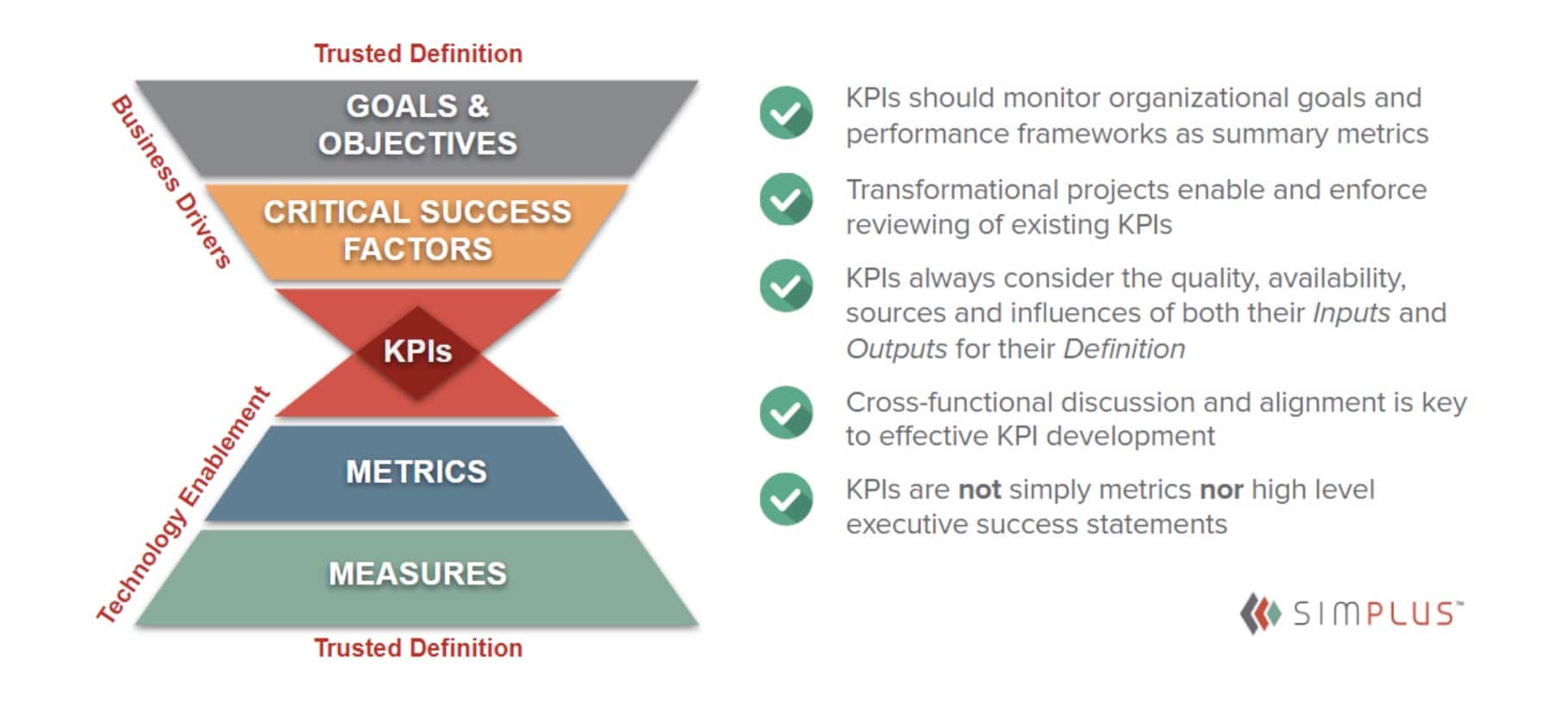
1. Brand Awareness Metrics:

- Reach: This metric measures the number of unique individuals exposed to the brand’s message through various marketing channels. Higher reach indicates increased brand visibility and potential customer engagement.
- Impressions: It measures the total number of times a brand’s message is displayed across different platforms. High impressions suggest increased brand exposure and potential for message recall.
- Ad Recall: This metric assesses the percentage of individuals who remember seeing a brand’s advertisement after a specified period. High ad recall signifies effective creative execution and brand memorability.
2. Brand Perception Metrics:
- Brand Sentiment: This metric analyzes consumer sentiment towards a brand based on their online interactions, reviews, and social media posts. Positive sentiment indicates strong brand affinity, while negative sentiment signals potential reputational issues.
- Brand Affinity: It measures the level of emotional connection consumers have with a brand. High brand affinity suggests a strong emotional bond and increased customer loyalty.
- Brand Consideration: This metric assesses the likelihood of consumers considering a brand when making a purchase decision. Higher brand consideration indicates a strong position in the consumer’s mind.
3. Brand Performance Metrics:
- Website Traffic: It measures the number of unique visitors and sessions on a brand’s website. Increased website traffic suggests successful lead generation and potential conversion opportunities.
- Leads Generated: This metric counts the number of qualified leads generated through brandformance campaigns. Higher lead generation indicates effective targeting and messaging strategies.
- Conversion Rate: It measures the percentage of leads converted into customers. A high conversion rate indicates optimized sales funnel and effective lead nurturing strategies.
- Customer Acquisition Cost (CAC): CAC calculates the cost associated with acquiring a new customer. Lower CAC signifies efficient marketing spend and improved profitability.
- Return on Ad Spend (ROAS): This metric measures the revenue generated for every dollar spent on advertising. High ROAS indicates a profitable marketing campaign.
4. Engagement Metrics:
- Engagement Rate: It measures the level of interaction users have with a brand’s content, posts, or advertisements. Higher engagement rates indicate successful content strategies and increased brand loyalty.
- Social Media Engagement: This metric tracks interactions on social media platforms, including likes, comments, shares, and retweets. Increased social media engagement signifies strong community engagement and brand advocacy.
- Click-Through Rate (CTR): CTR measures the percentage of users who click on a brand’s advertisement or link. Higher CTR indicates effective ad targeting and compelling creative execution.
By monitoring these KPIs and metrics, marketers can gain valuable insights into the effectiveness of brandformance campaigns, identify areas for improvement, and optimize their strategies for maximum impact on both brand building and performance outcomes.
